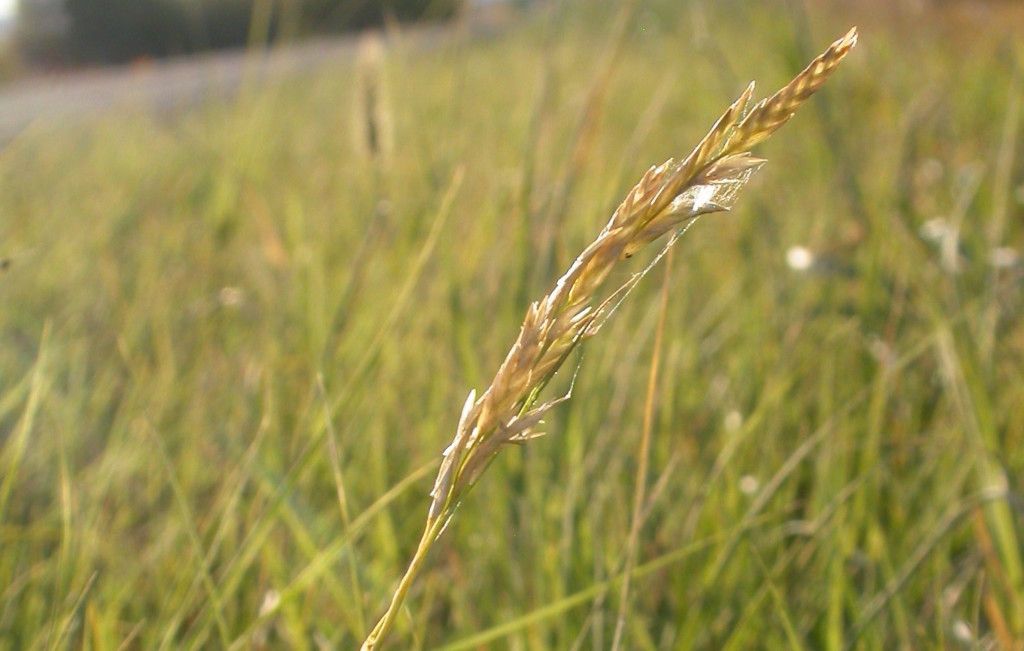
This summer, you may have tried to stave off the existential dread of climate change by allowing yourself to luxuriate in the story of an even more extreme disaster, Chernobyl. But what cheery detail was missing from the HBO miniseries? Sunflowers!
These plants were used to try to help clean up some of the pollutants. Plants can soak up contaminants as they absorb water and can also produce substances that can break down contaminants. Additionally, plant roots create a habitat for other microorganisms that also have the ability to break down contaminants. Who knew?
We don’t need an extreme, nuclear-contaminating scenario to leverage the power of plants; we have a mini pollution crisis right in our backyard. Shell Pond in Bay Point, California, was once owned by Shell. The site features a literal pond of industrial waste, about 10 feet deep, accessorized with arsenic, heavy metals, and petroleum hydrocarbon, capped with water. The site was later bought by PG&E, and by law, the new owners are now responsible for cleaning it up. Their goal is to convert the area back to a natural wetland.
To reach their ambitious goal, PG&E is working with Berkeley scientists to use strategies from phytoremediation, the strategy of using plants to naturally clean up contaminants, and the more general field of bioremediation, natural cleanup via microorganisms, such as bacteria, in addition to plants. I talked to two Berkeley postdoctoral students working on bioremediation in Professor Norman Terry’s lab in the Department of Plant and Microbial Biology. They are leading the charge towards PG&E’s goal of cleaning up Shell Pond. Jose Siles has worked on helping the right bacteria assist the plants chosen for the area (alas, sunflowers aren’t optimal here). Katherine French has developed oil-eating bacteria in the lab. Yup, you read that right.
Bacteria help create a better environment for plants to break down contaminants, but French also found a way to help bacteria eat oil directly. She pivoted from a genetic engineering background to a bioremediation focus, motivated by a massive oil spill in Nigeria and the lackluster cleanup effort. Her previous experience enabled her to take an enzyme—a substance that can start a specific biochemical reaction—found in a particular bacteria, and put it into the DNA of E. coli. Although only this particular bacteria normally produces this oil-destroying enzyme, the E. coli can now pass along this new superpower by mating with more common bacteria. Typical bioremediation efforts can be enhanced by the ability to give any bacteria the oil-eating capability; bacteria can more readily start the contaminant degradation process, breaking down oil more efficiently, and feasting on the compounds that result.
Using plants to clean up human messes is certainly a science, but there is also an art to finding the right combination of plants and add-ins, such as compost and particular bacteria, that can not only live in the torturous sites but also have the desired cleanup properties. For instance, not all plants can handle the conditions at every waste site.
To make a good choice, previous members of the Terry lab started in the greenhouse. There they identified saltgrass as a potential remediator, since the water capping the contaminated soil in Shell Pond is very salty. Paired with compost, saltgrass looked like it was up to the cleanup challenge.
The next step was trying test plots on the actual site itself. What combinations work best in the wild? After surmounting experimental trial troubles, like a site flood that caused some spillover in treatments across test plots, the team found a particular combination that seemed promising. PG&E has planted the saltgrass and applied the necessary compost and bacteria. Now, they will periodically replace the plants and microbes over the course of five to 10years, monitoring the progress of the cleanup.
Now that the most promising plant combos have been identified, Siles’ role in the cleanup process is to take bacteria that had managed to survive at the site, grow it on a larger scale in the lab, re-apply the bacteria at the site, and find ways to help these bacteria survive upon re-introduction to the contaminated area. The bacteria and saltgrass then tag-team to break down the hydrocarbons in the soil.
French’s next goal is to take bacteria that are already adapted to the site, like Siles did, give it the oil-eating power, and return it to the site. However, the genetic modification makes the logistics a bit tricky. Regulation of the use of genetically modified bacteria for this purpose is lacking, but people are wary of unleashing the new super bacteria into the world without ensuring it won’t have any adverse effects. To help increase confidence in her method and persuade others that a field trial is in order, French is currently trying to understand if the microbe composition in the surrounding area is impacted by her modified bacteria.
Policymakers also need to set expectations for how genetic modification can be used. French wants to help by creating a set of standards that must be reached in order for a field study using genetically modified bacteria to get the green-light.
French and Siles want readers to know that oil is difficult to clean up, and in order to solve the problem of oil contamination in the environment, we need more incentive structures for bioremediation field research. Lab findings abound, but to move from small-scale investigations to using these techniques in practice, more long-term field studies are needed to determine if the techniques are effective and safe. To make these studies happen, funding agencies must be willing to invest in prolonged projects and researchers must change priorities from quicker lab-based studies in favor of a longer end game.
Featured Image: Distichlis spicata (saltgrass) by Matt Lavin




